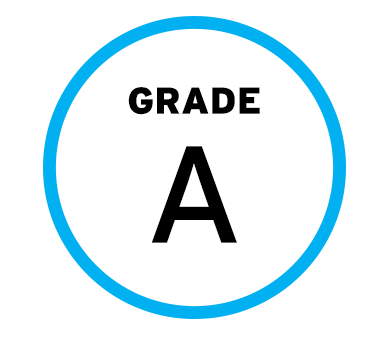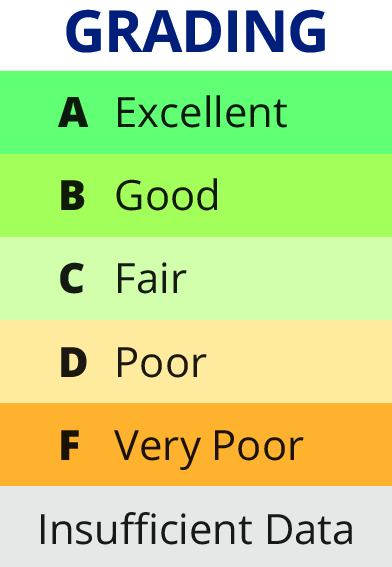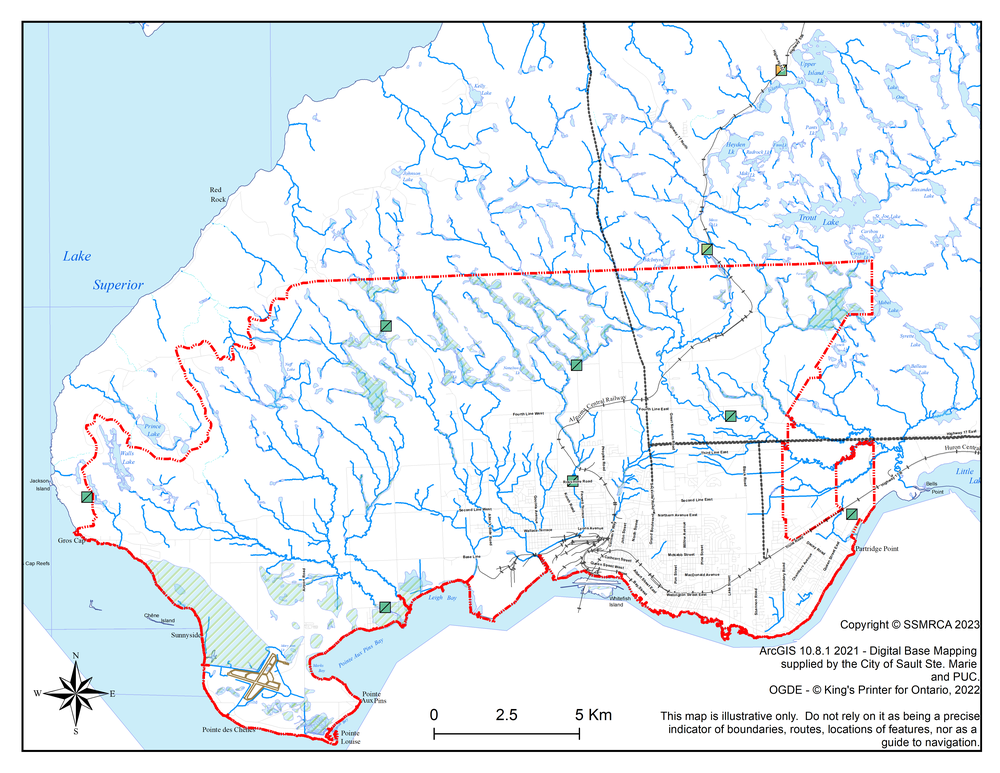![]()
Sault Ste. Marie Region
GROUNDWATER QUALITY
Groundwater is the water found beneath the earth's surface, in water bearing layers known as aquifers. Underground aquifers are recharged mainly by rainfall and snow. As long as the water contained in these aquifers is not extracted faster than it is replenished, groundwater is a renewable resource. Groundwater is difficult if not impossible to clean once contaminated, so it is critical to protect areas of groundwater recharge. Conservation authorities monitor groundwater chemistry (nutrients, metals & chlorides).
Conservation authorities collect the majority of data within the Provincial Groundwater Monitoring Network. Two indicators are used to assess groundwater quality for the watershed report cards, and these include Nitrite + Nitrate and Chloride. They rely on the Ontario Drinking Water Quality Standard for reporting on these parameters.
Nitrite-N + Nitrate-N – Nitrogen occurs naturally in rocks and groundwater. The forms of nitrogen found in water include nitrite (NO2) and (NO3). The concentration of nitrogen in groundwater can be significantly increased by activites such as application of fertilizer and manure, as well as leaky septic systems.
Chloride – Chloride is a naturally occurring element that can be found at high concentrations i.e., greater than the drinking water quality standards) under nature circumstances. It can be difficult to determine whether high chloride levels are due to natural or human causes. The concentration of chloride in groundwater can be related to the type of rock the groundwater is coming from. However, high concentrations of chloride can also be related to impacts such as road salt, landfills, and septic systems.
In the Sault Ste. Marie Region Watershed
Concentrations of nitrate and chloride were measured at nine Ontario Ministry of the Environment and Climate Change groundwater monitoring wells.
What Did We Find?
- Nitrate and Chloride concentrations are better than the drinking water guidelines in most wells (A Grade).
- Concentrations of nitrate and chloride approach or exceed the drinking water guidelines at one deep aquifer monitoring well, resulting in a poorer grade (less than A grade).
- Groundwater Quality data for this report remains unchanged and is collected by the Sault Ste. Marie Region Conservation Authority as part of the Provincial Groundwater Monitoring Network (PGMN) by the Sault Ste. Marie Region Conservation Authority from 3 deep wells and 6 shallow wells since 2010.
GROUNDWATER QUALITY














